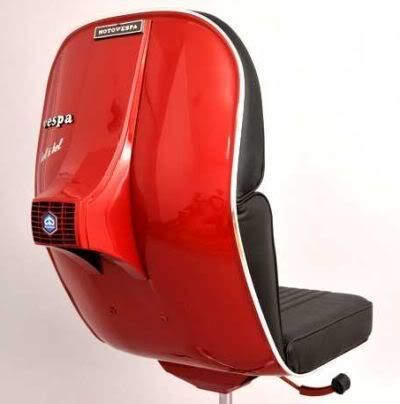Posted by: Mitchell H. Kirsch
Category: Green Office
Tags: eco friendly office, furniture, Green Office
Going Green with Eco Friendly Office Furniture.
An eco friendly office is easy enough to commit to, if one just sticks to superficial environmental advice (save water! Print on both sides of the paper! Unplug that PC after use!). But it takes a real green warrior to meet environmental targets using eco friendly office furniture.
The government has been helpful enough, providing green furniture standards that provide a standard to live up to. The EPA in particular offers procurement guidelines to help you select eco friendly office furniture that lives up to the government’s high standards.
New furniture, then, can be selected using the EPA’s guidelines, which call for FSC-certified wood, water-based or bio-based glues for laminated surfaces, and recycled materials where possible.
New eco-friendly office furniture can also be bought based on their recyclability in the future – tables and chairs made of plywood, steel, chipboard, and plastics can be recycled easily at a processing plant, while compact laminates and MDF are more difficult to recycle in the future.
Go refurbished/remanufactured, if that’s an option for your office – not easy if you have a reputation to uphold, but getting easier due to the glut of furniture (you can thank the recession for bankrupting a significant number of businesses, freeing their relatively pristine furniture for use in the market).
Take the furniture our guys at Cubicles.com are ready to offer you – lower-cost, recycled workstations recreated from used cubicles – processed with eco-friendly procedures to replace and recycle the parts that can still be used.
Cubicles.com uses low-VOC coatings and recycled fabrics in its remanufactured cubicles. They look brand new, but come having already made most of its impact on the environment!
Buy local. Even if your furniture demands can’t live up to the earlier two points, you can still go green with your office furniture, simply by buying from a supplier nearby. By buying local, you cut down on the carbon emissions created by transporting your new furniture from point A to point B.


